The British hi-fi Hall of Fame: every British entrant from the last 48 years
With entries from KEF, B&W, Wharfedale and more

The What Hi-Fi? Hall of Fame is a very exclusive club. To pass muster, a product has to not only excel in its particular category, it must be a landmark in its field, setting a new standard to which its rivals can only aspire. We give quite a few products five-star reviews every year, but only let one into the hallowed environs of the Hall of Fame.
Of the 47 products admitted entry since What Hi-Fi? magazine first hit the shelves in 1976, 21 are British. That's an impressive rate of just under 45 per cent. But what's more impressive is the impact these products have had on hi-fi history, from the Rega Planar 3's dominance of the late ’70s turntable scene to KEF's mighty LS50 Wireless system in 2017, and plenty more besides.
We've listed these highlights below and the year in which they were inducted into our Hall of Fame. Join us as we celebrate some of the greatest hi-fi products these isles have ever produced.
Linn LP12 (1976)
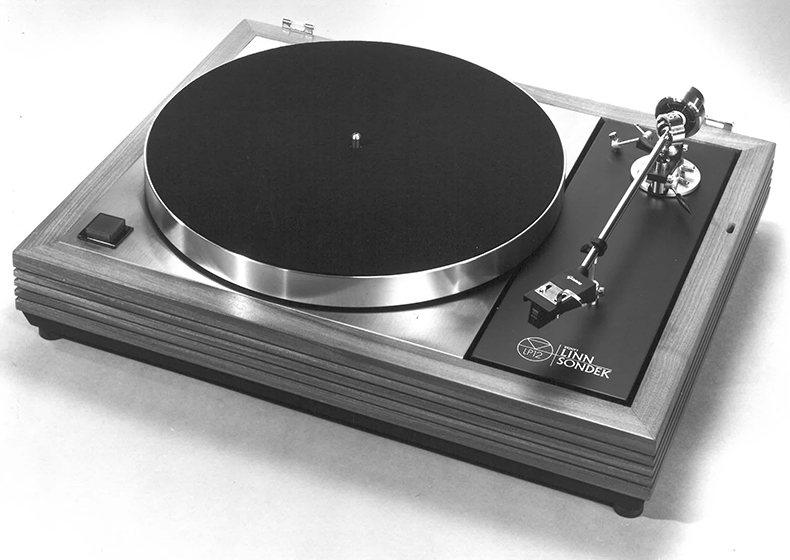
If you were compiling a list of the most popular high-end turntables ever, the Linn LP12 would be near the top. Launched in 1972, it proved dominant for decades, and with a range of compatible arms and cartridges, it was like a blank canvas for your turntable aspirations.
Nearly every aspect of the design has been redeveloped over the years, from the suspension to the power supply, resulting in all sorts of performance gains. This also changed the nature of the deck – while early models had a rounded, rich balance that proved a lively listen, latter versions tended towards a more neutral sonic profile, providing greater insight.
A true British hi-fi classic.
- Read our Linn Majik LP12 review from 2009
- And check out 12 of the best Linn products of all time
Rega Planar 3 (1978)

This is another British-made turntable that exploded onto the scene in the late 1970s (1978, to be exact) and went on to dominate for years. It was more of a mid-market affair than the Linn above, but it too has had numerous improvements over the years, most notably gaining a revolutionary RB300 arm in 1983.
The latest hi-fi, home cinema and tech news, reviews, buying advice and deals, direct to your inbox.
In its various iterations, it has won our sub-thousand pound turntable Award so many times we’ve lost count.
But despite its many re-workings over the years, it's remained at heart a simple, well-made design based on sensible engineering principles. It's always been a superb performer without making a fuss – and what's more British than that?
- Read our Rega Planar 3 review – one of the many Award-winning iterations
- Here are 12 of the best Rega turntables of all time
A&R Cambridge A60 (1979)
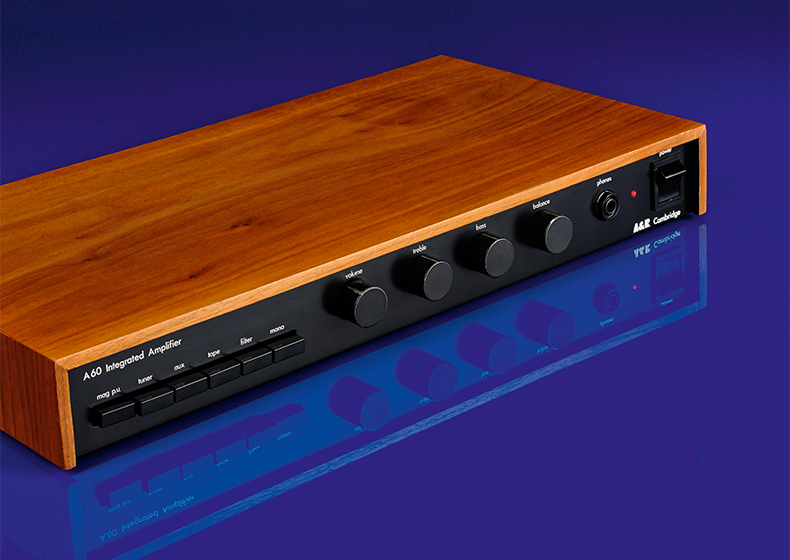
A&R Cambridge went on to become Arcam, but before then, it came out with the A60 amp, its first product. And what a splash it made.
Considered an upgrade on NAD's contemporaneous budget amps, it was very much the Harry Kane of its day – unassuming, dependable and solidly built. But this modest exterior belied a class-leading audio performance that excelled with a wide range of partnering kit.
Wharfedale Diamond 1 (1982)
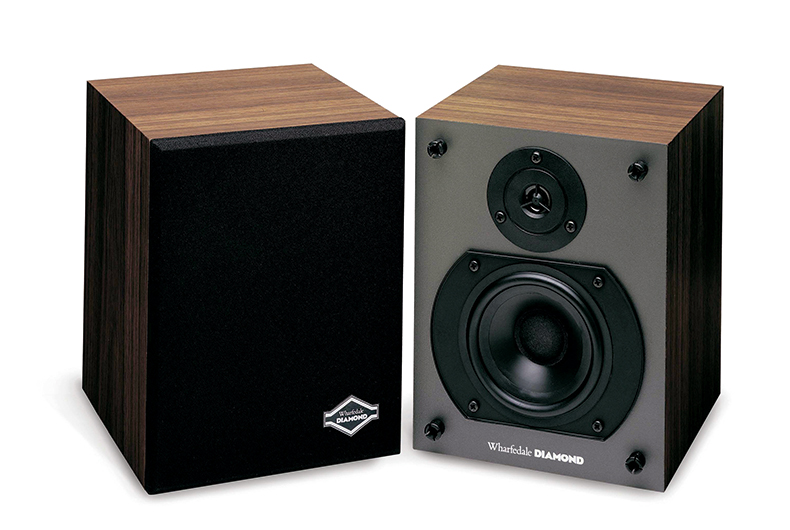
It's amazing how many of these products went on to dominate their respective categories for so long. 1982 saw the introduction of the Wharfedale Diamond, a budget speaker whose latest incarnation earned a five-star review, 41 years later.
Bass was chief among its strengths – despite standing just 24cm tall, the Diamond packed a lot of wallop that never overwhelmed the tonal balance. They undercut the competition too, costing £65 a pair when most rivals were closer to £100.
Better tweeters and more refined finishes are among the improvements over the years, and they still look very reasonable compared to a lot of the competition. Shine on, you crazy Diamond.
Michell Gyrodec (1982)

The Gyrodec hasn't changed much since it first appeared, which is testament to the original design. And unlike some flash-in-the-pan rivals, it's not merely a looker – it's a piece of engineering art that feels better built than other-brand decks at double the money.
It's still available today, and still needs to be assembled, like a piece of flatpack furniture. But it's a breeze to put together thanks to the easy-to-follow instructions.
Of course there's another reason it's endured: sound quality. With a detailed, expressive performance, the Gyrodec is that rarest of beasts: a product that sounds as good as it looks.
- Read our Michell Gyrodec SE review from 2008
Audiolab 8000A (1983)
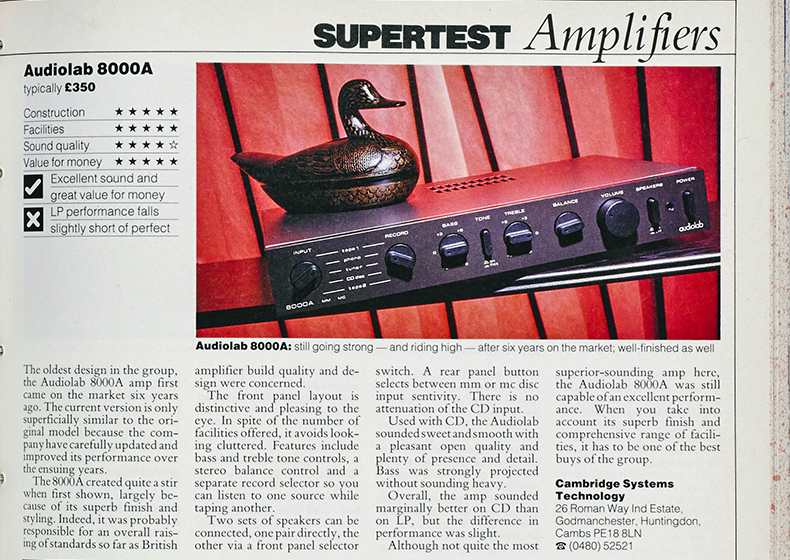
In many ways, Audiolab owes it all to the 8000A. The amp came out of nowhere to knock industry favourite (and fellow Hall of Famer) the A&R Cambridge A60 off the top spot and set a new benchmark in the mid-range.
It did so thanks to a combination of great build quality, excellent feature set (including tone controls, a headphone output and a phono stage) and plenty of power. But the sound quality proved divisive – yes it had impressive dynamics, plenty of insight and a tonal evenness, but some bemoaned its lack of rhythmic subtlety.
This was the ’80s, though. For the time, the 8000A was a true fit-and-forget amplifier – a go-to recommendation that would serve most people just fine.
- Read our Audiolab 8200A review from 2011
- More great premieres: 9 debut stereo amplifiers from iconic hi-fi brands
Mission Cyrus One (1984)

Another debut product that qualified for the Hall of Fame, the Cyrus One was an amp built for purists. It was all about the resolution, and as long as you were on board with its somewhat lean 25W per channel output, it provided stunning agility and dynamic expression. Its insight and detail levels rivalled amps costing twice as much.
The first models included a plastic case to minimise distortion effects, but this was later upgraded to a metal version that was punching above its weight as a budget amp. And if you wanted more power? The Cyrus One had a more capable sibling, the Cyrus Two.
Cyrus began life as the electronics arm of speaker company Mission. But with products as accomplished as this, it soon spun off into a separate entity.
- Read our Cyrus One review from 2016
- And our Cyrus One HD review from 2018
Naim 32 preamplifier/SNAPS/250 power amplifier (1984)
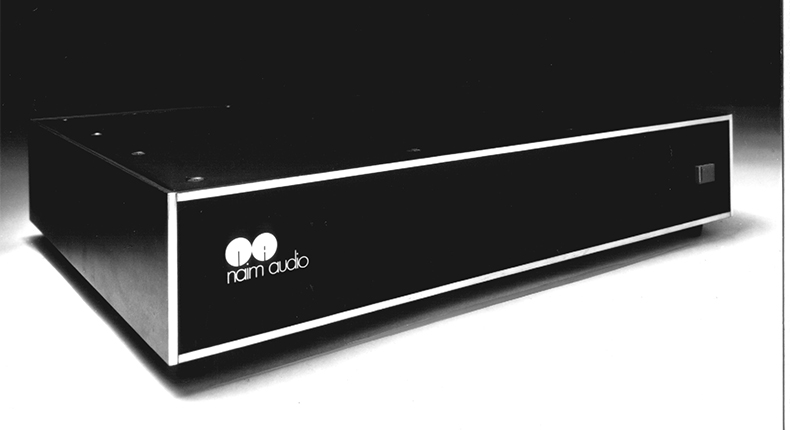
Naim's classic high-end combo came in three parts: the 32 preamp, a high-grade dedicated power supply and the legendary 250 stereo power amp. Because Naim was closely affiliated with Linn at the time, the amp was often partnered with an LP12 turntable, to devastating effect.
Like a lot of fondly-remembered ’80s icons, it hasn't aged brilliantly. By today's standards, the audio could be more transparent and the soundstage more open, but at the time it made quite an impact, with plenty of punch, great organisation and a fantastic sense of rhythmic drive.
- Read our Naim Nait 5si review from 2013
Acoustic Energy AE1 (1988)
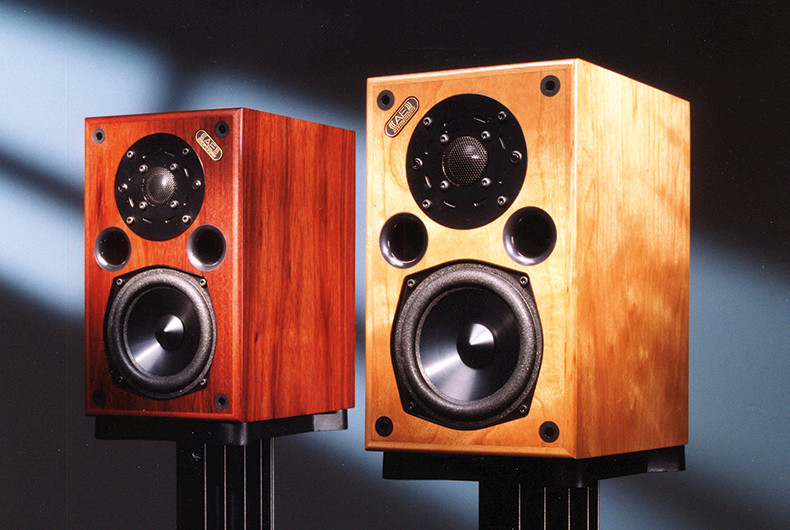
The world of premium speakers had never seen anything like the original AE1s. Despite standing little bigger than a shoebox, they boasted incredible detail and dynamics – outperforming rivals that dwarfed them in terms of size. They were very much the David to the Goliaths of the high-end speaker market.
This was achieved thanks to their all-metal drive unit configuration – which was highly unusual at the time – and plaster-lined cabinet that improved damping.
They weren't for everyone. To get the best out of them, you had to perch them on their dedicated stands, which cost half as much as the speakers themselves. And partner kit? Think high quality, with plenty of power. Anything less was like putting olive oil in a Ferrari.
Treat them right though, and they still stand up today. Proof that a classic design really is timeless.
- Read our Acoustic Energy AE1 Classic review from 2011
- That Was Then... Acoustic Energy AE2 Signature – the AE1's successors
Mission 753 (1993)
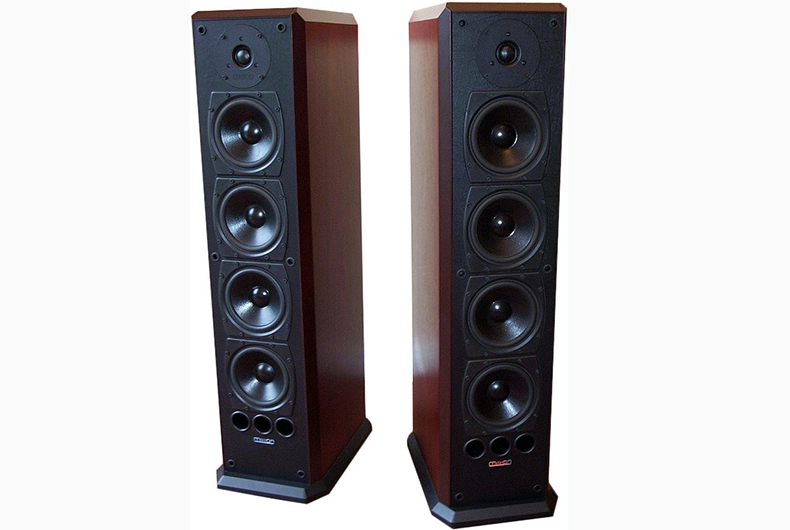
Our first British entrant of the 1990s breathed new life into the market for sub-£1000 floorstanders. That wasn't exclusively thanks to their sound quality, though they did offer strong dynamics, a quick response time and plenty of detail. Their design also played a part.
At the time, Mission was accomplished at producing speakers with a hi-tech aesthetic. The 753 cemented its reputation, making the competition look positively old-fashioned. But they weren't too space age for a domestic setting, looking right at home in the home. It's a fine balance to strike, and a lesson some sections of the industry are still yet to learn.
- Mission 70 MkIIs: Old speakers vs. new speakers: How do they compare?
Arcam Alpha 7SE (1999)
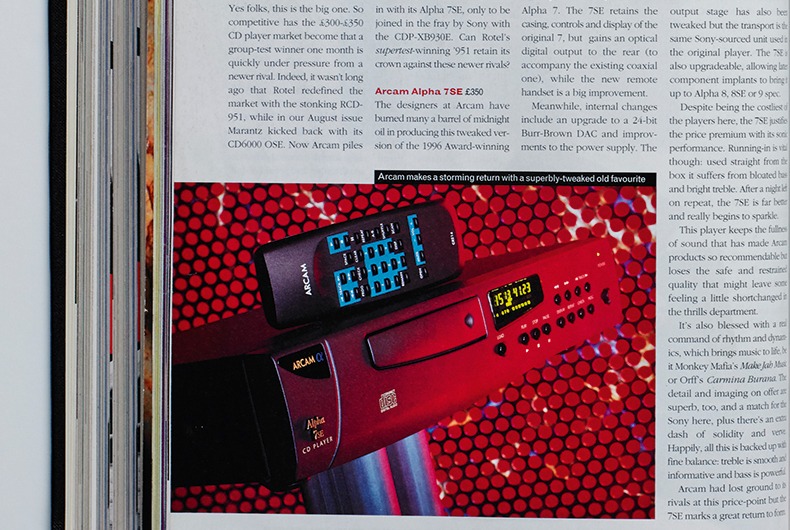
In the ’90s, the affordable CD player market was dominated by Arcam, thanks to the brand's formidable sound quality and excellent build. This all culminated with the 7SE, a £350 player that shredded its similarly-priced rivals and lay down the gauntlet to more expensive players.
For its price, it sounded fantastic – refined, but without sacrificing dynamics. It unearthed lots of detail too, and was adept at organising it all into a wonderfully entertaining presentation.
The plastic front shows it was very much a product of its time. But then going through this list is a bit like flicking through an old photo album – you're as often warmed by fond memories as you are embarrassed by old haircuts.
- Read our Arcam CDS27 CD player review from 2020
- Read our Arcam CD5 CD player review from 2023
KEF KHT2005 (2000)
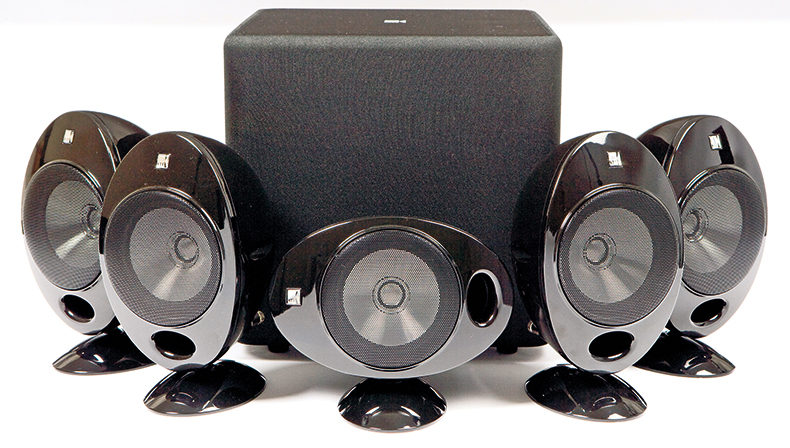
Around the turn of the millennium, surround sound were the words on everyone's lips. As a prospect, it was thrilling, but in practice, much less so – who wants to be hemmed in by six massive speakers? Wouldn't it feel like you're about to be mugged?
Thankfully KEF came up with a workaround. The company put all of its technical expertise to good use with the innovative KHT2005 5.1 speaker package, aka ‘Eggs’.
Widely renowned as the first home theatre speakers that most people would be happy to have on show, they also delivered a thrilling performance that engrossed the viewer in whatever they were watching.
Often imitated, never bettered, they were a hit, and each subsequent iteration has only added to their legacy.
- Read our KEF Q350 AV 5.1 review from 2017
Bowers & Wilkins PV-1 (2004)

If you listen to B&W, this isn't just a subwoofer. No, the PV-1 is a 'pressure vessel', though it performs exactly the same function as a sub. That got our cobblers antennae going like the clappers, but it turns out there was something in it.
Because so dominant did the PV-1 become at the annual What Hi-Fi? Awards, we retired the subwoofer category altogether. It was either that or rename it the PV-1 Award.
Mostly this was due to its performance, which we described in our review as "stunning". We went on: "The B&W generates clean, uncoloured, amazingly deep bass: push the limits with some of Dr Dre's sillier low-end-licks, and you're left in no doubt about the sonic authority on show."
But the design was an integral part of its success. At the time, subs were so boring that manufacturers encouraged their customers to hide their products out of sight. But the PV-1 deserved pride of place. British design at its best.
- Read our B&W PV1D review from 2012
ATC SCM11 (2006)
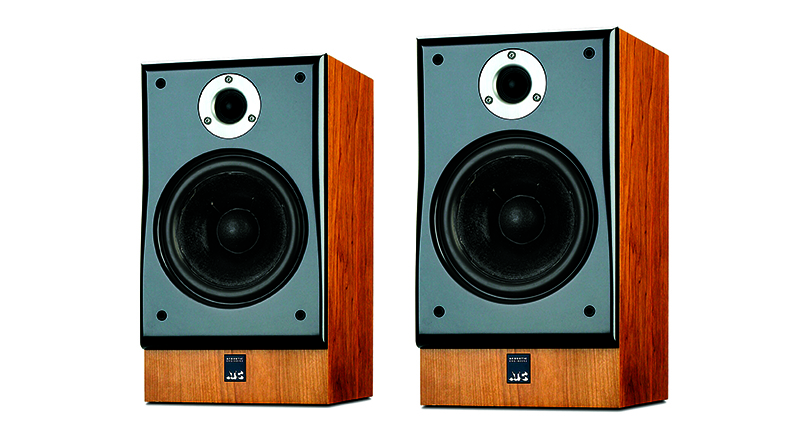
These Gloucestershire-built speakers might look a bit homely, but don't let that fool you: they're among the best pound-for-pound speakers you can buy. Even by 2006's standards, they looked slightly retro, but that just makes their success all the more impressive.
They've been tweaked over the years, with better drivers and improved materials and cabinet finishes, helping them stay more relevant than ever. Homely? Underestimate them at your peril...
- Read our ATC SCM11 review from 2013
Bowers & Wilkins Zeppelin (2006)

The Zeppelin was unlike any iPod dock that had come before it. For a start, it cost £400, which was crazy money – so much so that we reviewed it in the Temptations section of the magazine, which is home to the highest of high-end kit. But it was the iconic design that really turned heads.
Back in 2006, most iPod docks were made by manufacturers of PC peripherals. With B&W's considerable sonic – and design – expertise behind it, the Zeppelin flew. The company had been honing its knowledge of amplification with its amp-powered subwoofers, and it put this, along with its developing interest in Digital Signal Processing, to good use.
The Zeppelin Mini followed in 2009, then B&W revived the product in 2019 with the Zeppelin Wireless. Gone was the 30-pin iPod connection, but the same winning design and focus on sound quality helped it earn a respectable four stars from us. Not quite the same breakthrough as its predecessor, but the mould had already been broken.
- Read our B&W Zeppelin Wireless review from 2019
Roksan Caspian M2 (2010)

Some Hall of Fame products come out of the blue, while others evolve over a long time. The Caspian M2 is the dictionary definition of a slow burn: Roksan's Caspian integrated stereo amp had been around in some form for the best part of 15 years before the M2 variant appeared. But what a difference it made: the build quality, ease of use and performance were all sublime for the price.
It won plenty of Awards, so many that Roksan pushed the price up. It's testament to its quality that it still remains a very good buy indeed, even all these years later, and at a higher price.
- Check out the best stereo amplifiers around
Chord Hugo (2014)
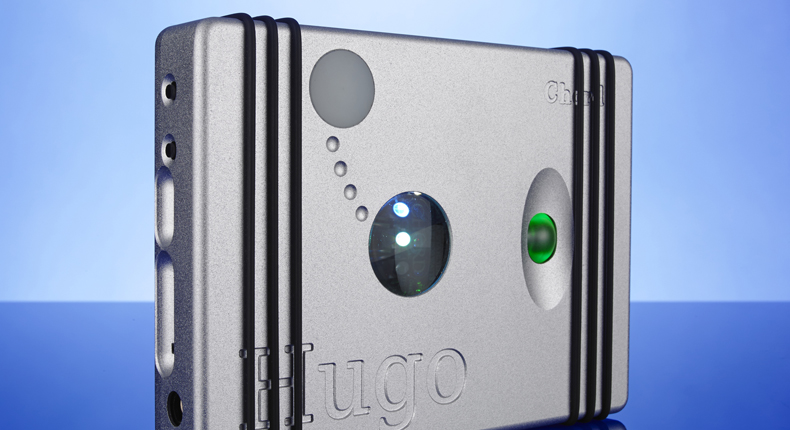
The Hugo is Chord through and through. The casework is delightfully tactile, the lights are different colours to show what the unit is doing, and the inputs are slightly too close together. But it's the performance that really sets the Hugo apart from the competition, British or otherwise.
Chord doesn't buy in DAC chipsets, preferring to design its own programmable circuits instead. This results in more nuance, and a great degree of dynamic subtlety than in rivals at the same price. It's more transparent than some, so will show up any sub-par recordings, but the timing and organisation are spot on. Hugo, you've done Britain proud.
- Read our Chord Hugo TT review from 2015
- And our Chord Hugo 2 review
Naim Mu-so (2014)
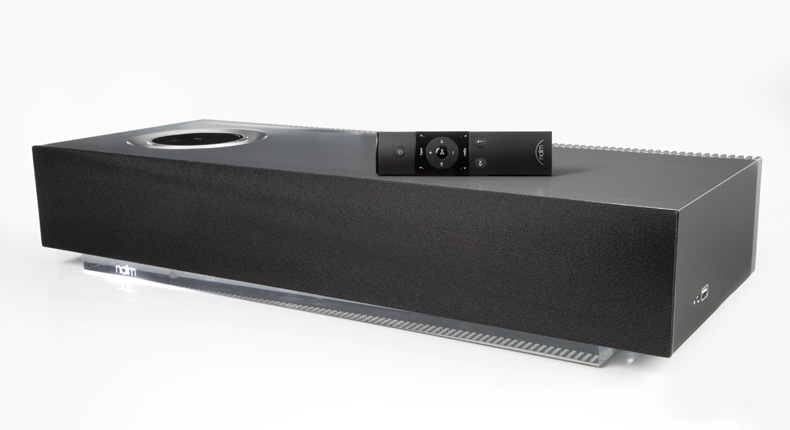
Before the Mu-so, wireless speakers were the poor relation of their wired counterparts. But Salisbury-based Naim elevated them to the level of 'proper' hi-fi, and in doing so, single-handedly created a market for £1000 wireless speakers.
It did so by refusing to compromise. The materials and components, the functionality and design aesthetic are all first-rate, and the sound has a power we could only describe as "astonishing" in our original review. We went on: "It drives all songs with a sure-footed sense of rhythm, rich detail and lashings of deep, rumbling bass we’ve never heard from a wireless speaker before."
The Mu-so 2 followed in 2019, with even better performance and a higher price, along with the Award-winning Mu-so Qb 2nd Generation, both of which are among the best wireless speakers around.
KEF LS50 Wireless (2017)
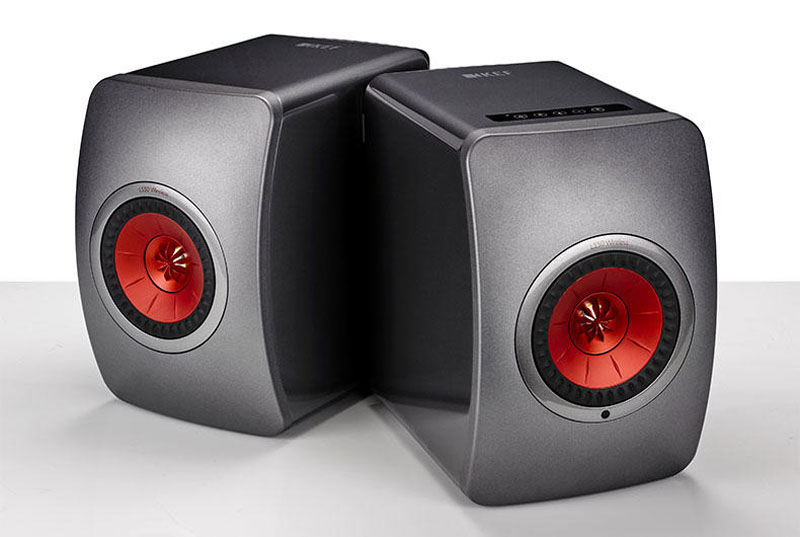
KEF wasn't the first company to bundle streaming support into a pair of active speakers. But it did it the best.
It helps that the LS50 were already Award-winning speakers. But with support for Tidal and Spotify, Bluetooth, a hi-res-capable DAC and preamp built-in, they became simply unstoppable. They're basically an excellent pair of hi-fi speakers with a lot more technology crammed inside, and KEF managed it without affecting the sound quality: the musicality and timing are as captivating as ever, the performance remaining clean and precise. Proof Britain is at the forefront of wireless speakers.
- Read our KEF LS50 Wireless review from 2017
- And the more recent KEF LS50 Wireless II review
B&W 606 (2019)

B&W's entry-level 600 Series was introduced in 1995, but it was the sixth-generation model that really hit the sweet spot. For the money, they delivered in spades, with a precise sonic balance serving up a crisp, clear treble, cavernous bass and class-leading detail and dynamics.
Like previous 600 Series speakers, they've aged very well. In fact, if it wasn't for the 606 S2 Anniversary Edition and 607 S3 (both Award-winners), we'd still be recommending the sixth-gen model.
Cambridge Audio CXN V2 (2023)
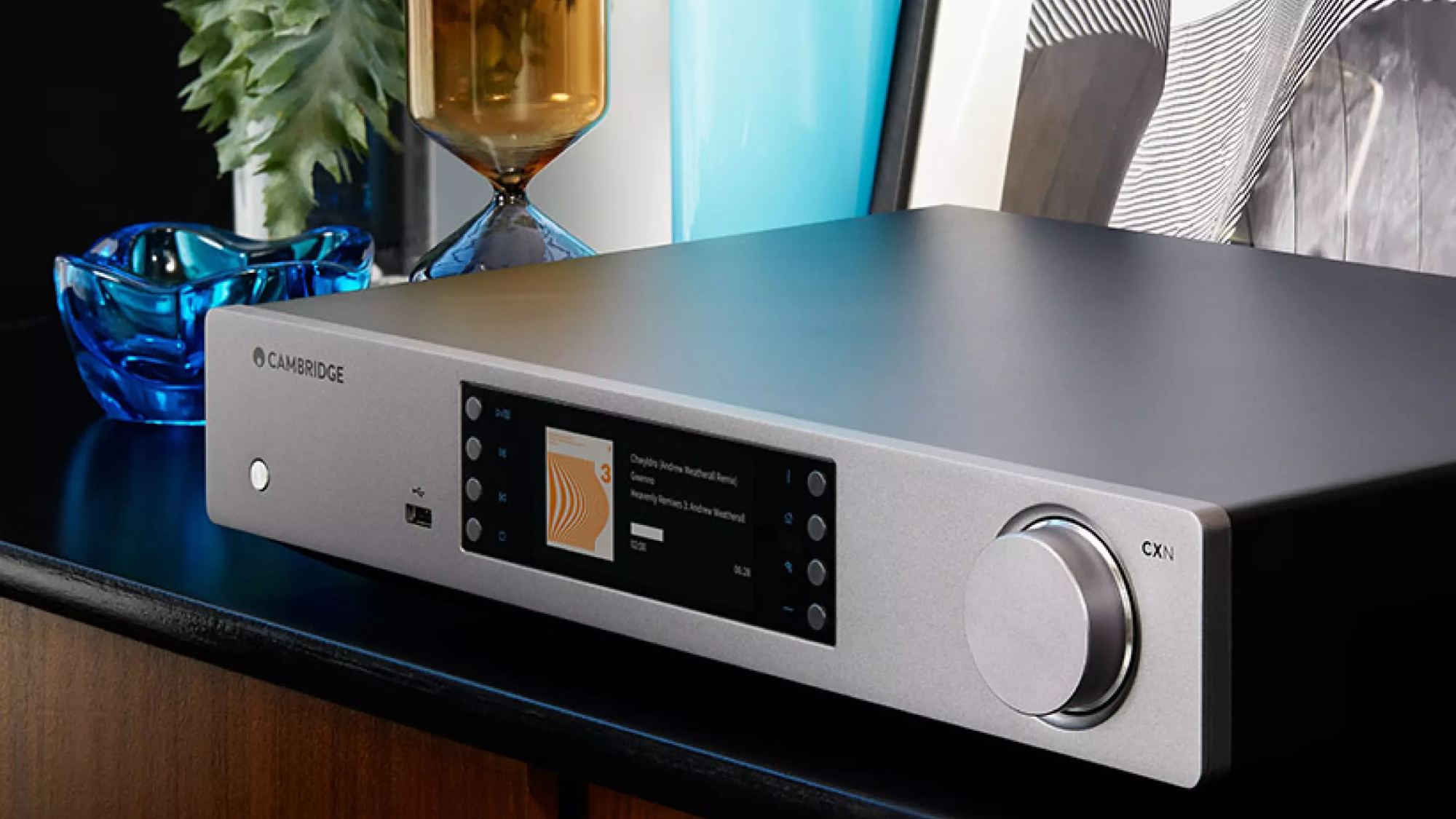
This was the first music streamer to qualify for our Hall of Fame, and it's something of a legend within the category. It won six What Hi-Fi? Awards in a row, and if you include the original CXN's gongs too, the model has been decorated every year since 2015. Staggering.
It's achieved this feat not only through its excellent performance, but by staying relevant with software updates. Both Chromecast and Tidal Connect have arrived on Cambridge Audio's StreamMagic platform over the years, breathing new life into an already formidable proposition.
Other streamers have come and gone, and while some have impressed, none has had the staying power of the CXN (V2).
- Read the full Cambridge Audio CXN (V2) review
MORE:
12 of the best songs by The Beatles to test your hi-fi system
9 of the most underrated British hi-fi products we've ever tested
Joe has been writing about tech for 20 years, first on staff at T3 magazine, then in a freelance capacity for Stuff, The Sunday Times Travel Magazine (now defunct), Men's Health, GQ, The Mirror, Trusted Reviews, TechRadar and many more. His specialities include all things mobile, headphones and speakers that he can't justifying spending money on.

